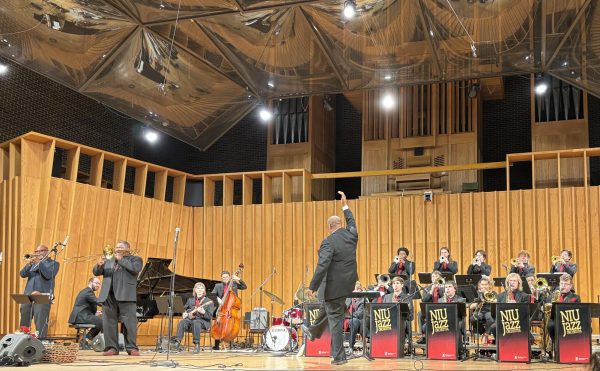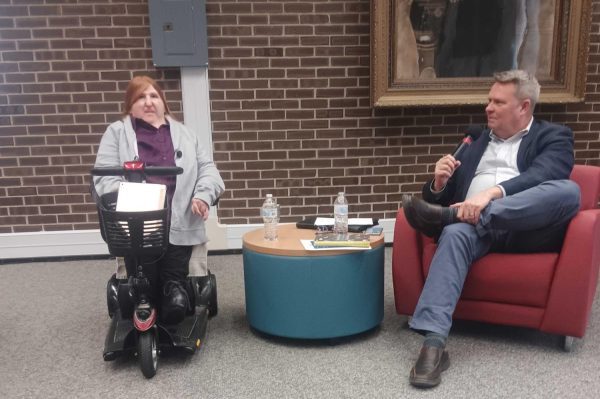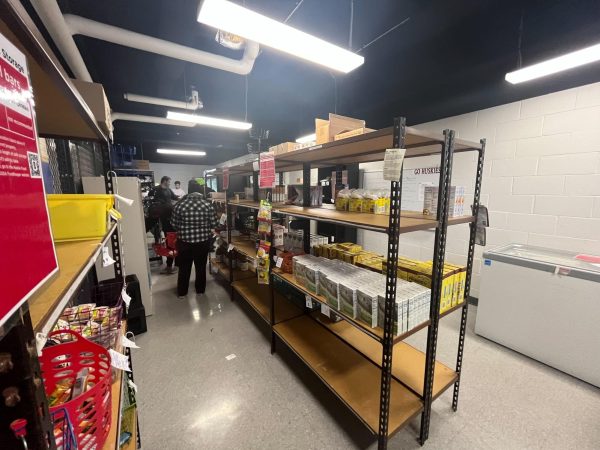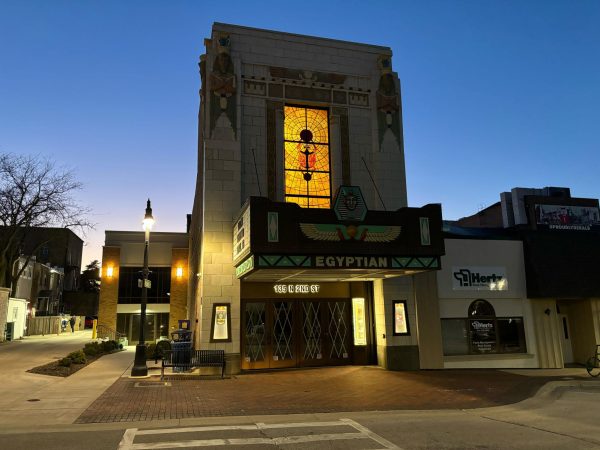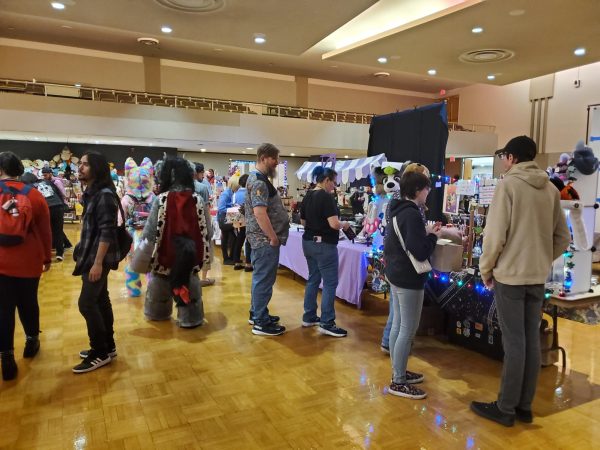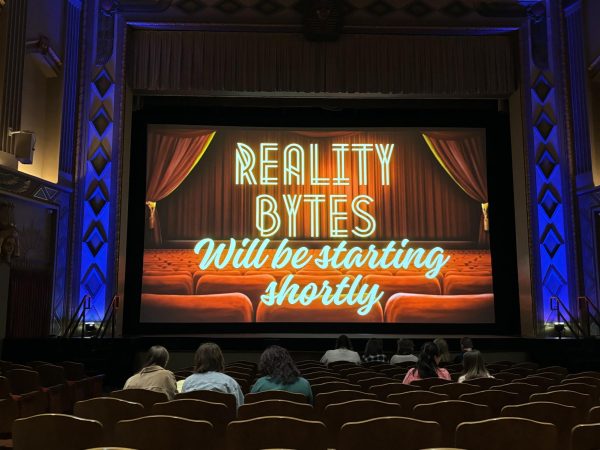‘Tolbiac’ entertaining, original
February 5, 2008
Robert Schneider’s “17 Tolbiac” flies in the face of conventional play writing: A series of characters, rather than a single protagonist, shares the stage equally as the audience views their lives through the windows of their Paris apartments.
Physical acting dominates the dialogue (which is minimal and, unless you speak French, indecipherable beyond “merci” and “bonjour”). The players interact in person as well as through the floors and ceilings of the impressive, three-story set as they run through the everyday activities of their lives.
The concept fueling “17 Tolbiac” is that the audience is spying on the lives of the apartment dwellers. The result is something akin to watching five televisions at the same time, which gives a diverting, unscripted feel to the events: The audience is never entirely sure where to look for action until it’s occurring. For the most part, these events take place one at a time, from apartment to apartment, but at certain points, there are three or four windows with something to see. The effect is a pleasantly frantic buffet of random, casual goings-on.
The catch, however, is not to expect much depth.
Ticket-holders anticipating a thorough plot or a developed character will be disappointed if they can’t shuffle off the conventions of attending theatre. The play (which may be more precisely called a performance) is devoid of pragmatism or nuanced undertone; the idea is a simple one, and doesn’t stand up to dissection or deep interpretation. The audience is intended to simply enjoy the characters’ fumbling through comic and romantic experiences.
Disappointingly, French culture seems disregarded in the show. Deliberately set in modern-day Paris, one would hope that “17 Tolbiac” would depict the city’s unique je ne sais quoi in the lives of its characters, but aside from a football (soccer) game on a television set and a bottle of wine in nearly every apartment, the style falls short.
The set is an astonishing three-story apartment building exterior, with two flats on each level. The separate rooms allow individual stories to develop before throwing the characters together. It’s gimmicky without being tacky, and the impressive originality of the concept drives the show through to the window-framed curtain call.
At times, the view is restricted by the limitations of the windows. On one hand, this adds to the voyeuristic feel of the show, but it might be a little too much to ask a paying audience to accept missing bits of the performance.
While the concept comes somewhat at the expense of an involved plot, the result is a light-hearted exposé of daily life. Not necessarily profound, “17 Tolbiac” is delightfully entertaining and original.



